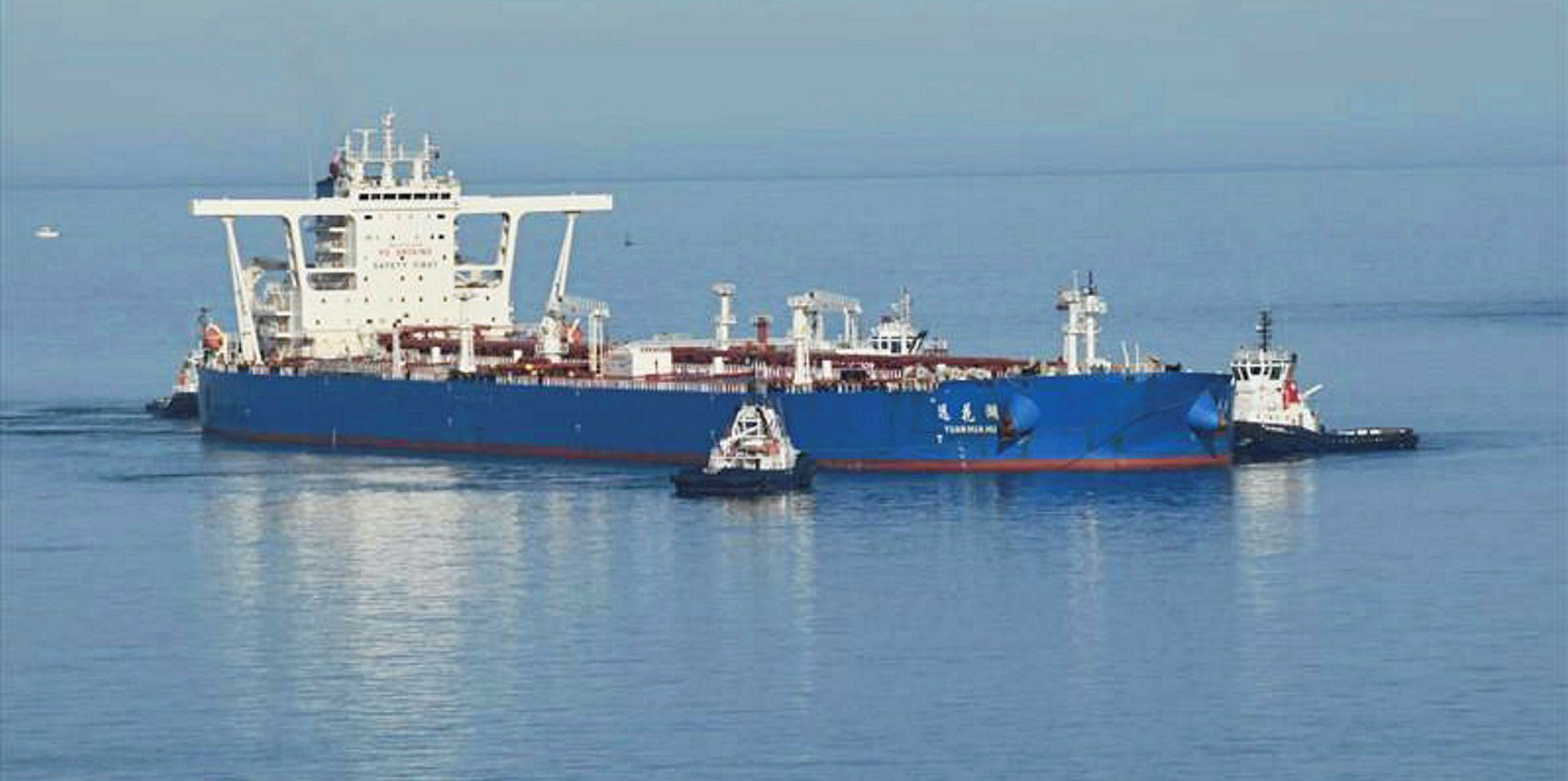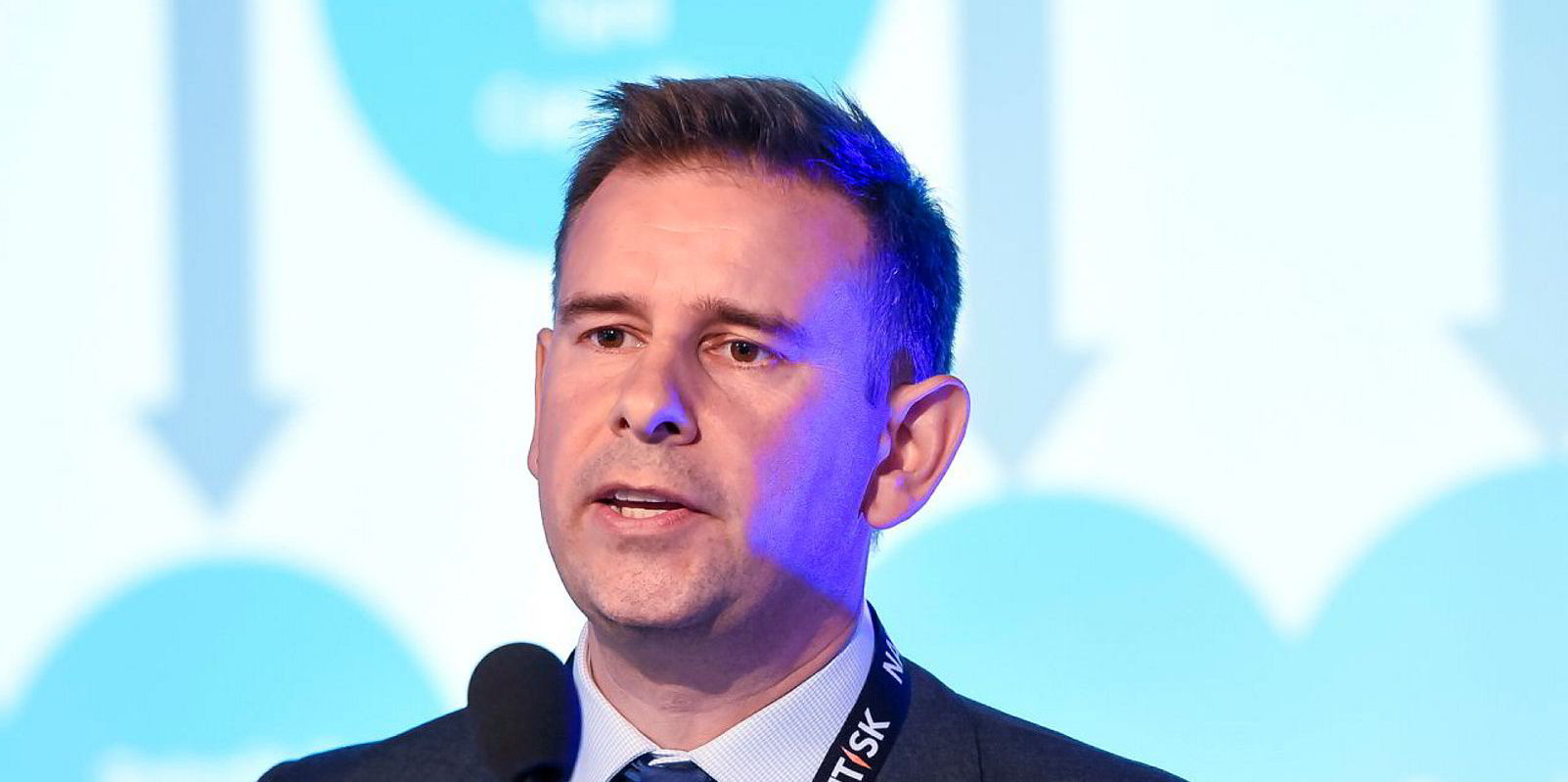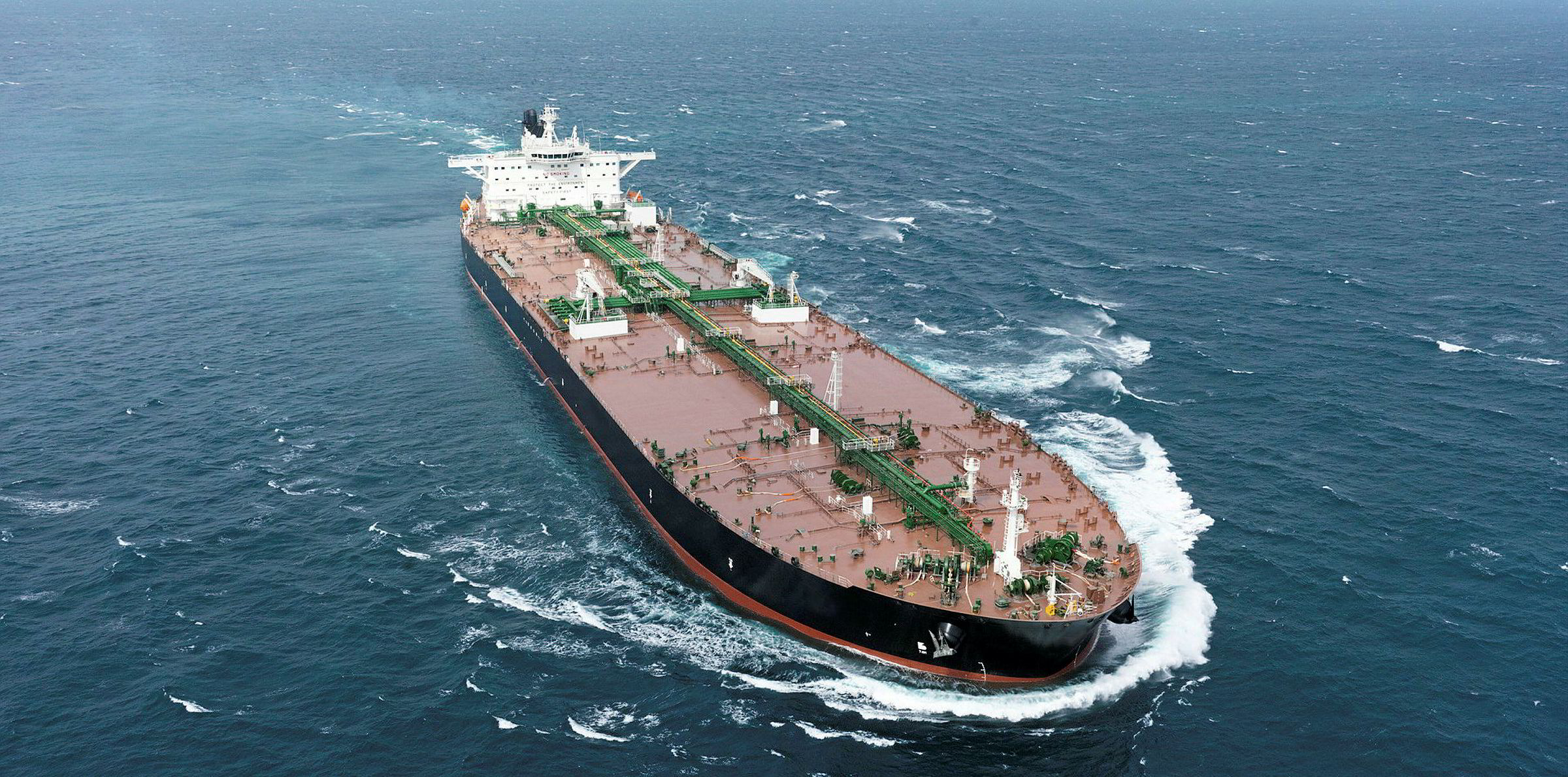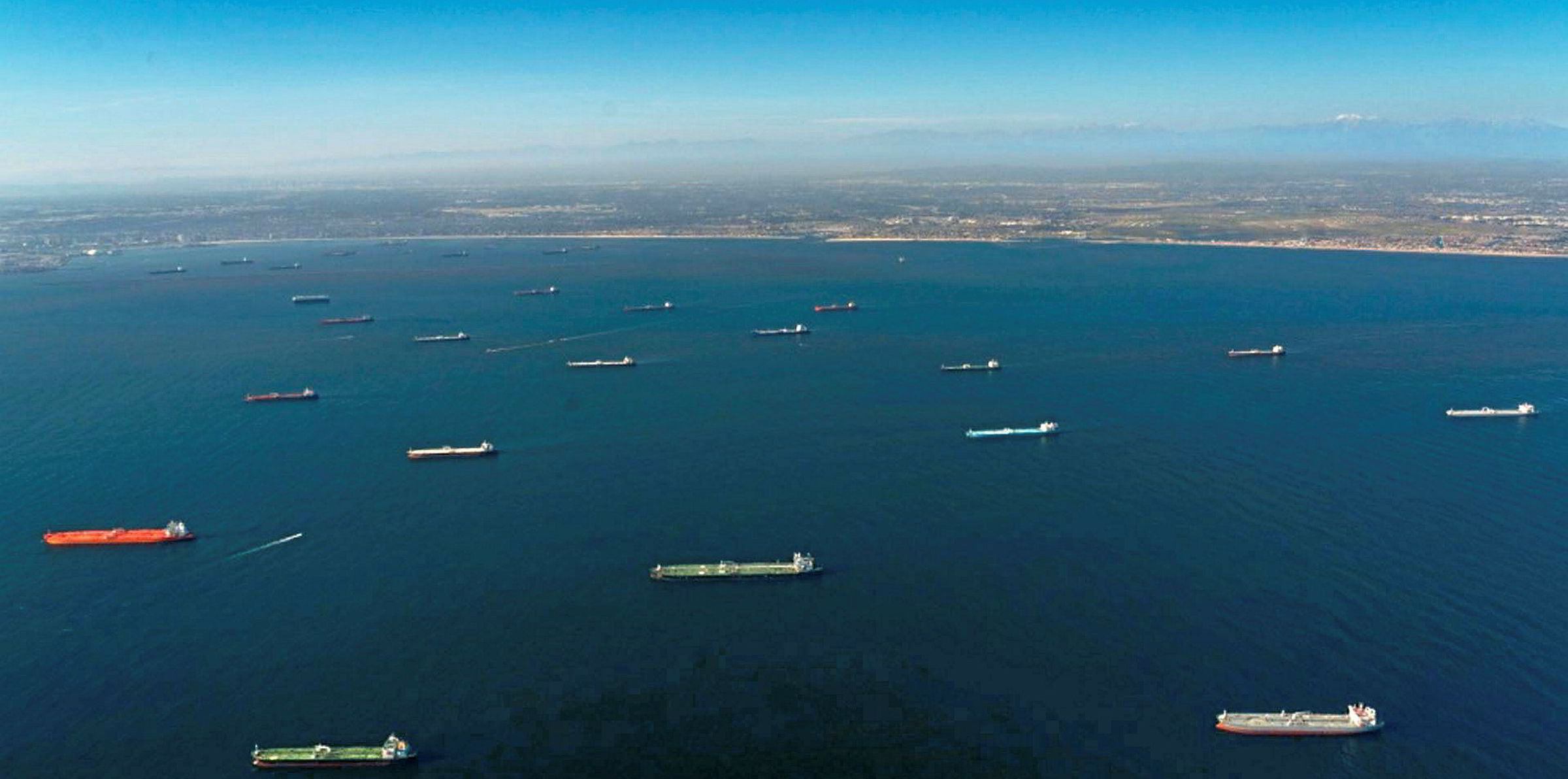The cost of a new VLCC is now at least as cheap as at any time since the 1980s, according to Norwegian investment bank Cleaves Securities.
As yard ordering activity dwindles, inflation-adjusted levels have sunk to equal the 2017 slump, with only the all-time lows of more than 30 years ago preventing a new record being set.
Cleaves head of research Joakim Hannisdahl said a VLCC newbuilding from a tier one yard is now quoted at a nominal $87m, down 5% from February.
"This compares with the last trough low of nominal $80m in April 2017, or the trough low of $87m in November 2017 when adjusting for inflation," he added.
Cleaves has used an inflation rate of 2.47% based on the historical cost base for tier one yards since the 1970s.
Extrapolating the historical inflation rate, the current floor on newbuilding prices would be around $82m, 6% below current levels, the bank said.
Cleaves' calculations show the pricing dropped to just above $80m in 1986.
New VLCC deals have been thin on the ground this year.
In April, AET paid nearly $105m for a pair of big ships at Samsung Heavy Industries.
Also, Greece's Evangelos Pistiolis confirmed a deal for two tankers for his private Central Shipping Group. At the time, TradeWinds cited market observers as pricing these at $90m due to their scrubbers and general high specification.
Worst year on record?
Clarksons Research has recorded only 414 vessels of all kinds contracted so far this year, with 2020 set to be the worst year for shipyards on record, going back to 1996.
"This year’s ordering is on track to underperform the previous worst year of 2016 by 20%," Hannisdahl added.
"Besides concerns over Covid-19, uncertainty surrounding new engine technology, new regulations and changing fuel requirements makes equity investors wary to commit to an asset that has around 25-year life."
And Hannisdahl said: "We believe this will continue to weigh on newbuilding ordering and prices going forward, but it also leaves us highly optimistic for shipping in general during the 2020s as the underinvestment in the sector persists."
Cleaves also said historic VLCC spot rates recorded back in March and April are just a faint memory.
"The new reality is certainly here for VLCC owners," the investment bank said.
Spot rates have fallen for the eighth week running, with last week seeing another drop of 30% to $12,000 per day.
Too much tonnage
"With an oversupply of tonnage and a low level of enquiries, we are looking towards October for a meaningful change in sentiment," Hannisdahl said.
Clarksons Platou said the big news in the oil market on Monday was Saudi Arabia’s surprise cut to October oil prices for Asian customers, which Bloomberg reported as being due to weaker demand.
With oil prices under pressure, the contango in the oil market has increased, the investment bank added.
"We calculate that the three-month time spread at $1.50 per barrel can support floating storage for VLCCs at around $10,000 per day," Clarksons Platou said.
"While this is not enough to give additional floating storage today (unless the contango widens further), the expected destocking looks to have been delayed for the time being."
The bank added: "This is good news for the tanker market as the pending floating storage reversal is the main threat to freight rate developments for the next few months, in our view."
Rates bottoming out?
And Clarksons Platou added: "All in all, we conclude that tanker rates may have hit a bottom for the time being and higher rates look likely in the near term."
Fearnley Securities had theorised last week that tanker owners could be facing a second wave of storage contracts if demand for oil did not meet industry expectations in the rest of 2020.
The investment bank said on Monday that Saudi Aramco's price cut was the biggest in five months.
For shipments to Asia, Arab Light crude was cut by $1.40 per barrel, in line with the expected $1 to $2 reduction, Fearnley added.
In the US, the reductions were in the range of 50 to 70 cents.
"Overall, this is clearly pointing to a weak demand base," Fearnley Securities said.
"Despite lower imports, congestion is likely to stay high in the coming months. Sinopec has signalled limited buying interest due to fear of straining inventories, both crude and product."






